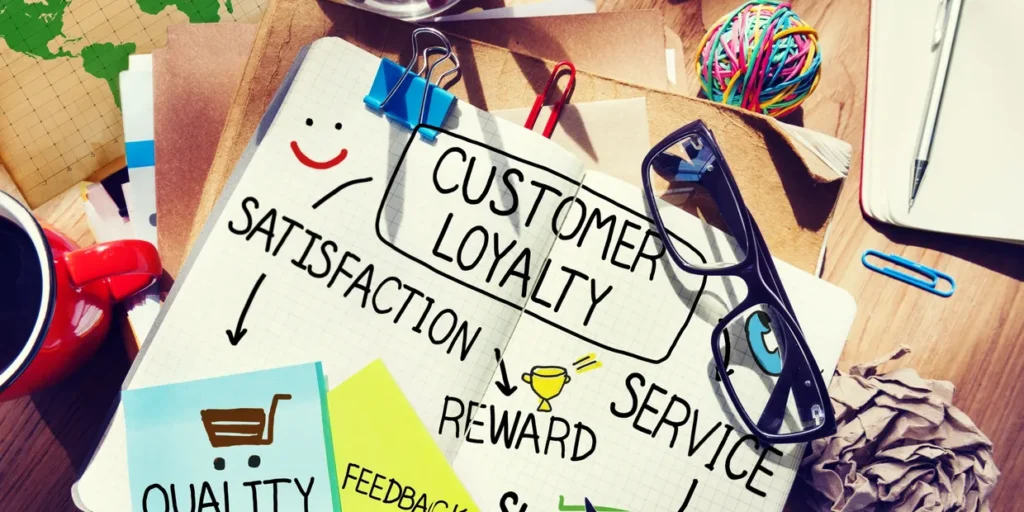The Problem
Capturing and prioritizing customer feedback is crucial for businesses to improve their products and services. Voice of Customer (VoC) insights provide valuable information about the customer experience. However, obtaining this feedback can be challenging when dealing with antiquated systems that need modernization.
Client Overview
A global leader in the coffee industry faced the challenge of consolidating and analyzing customer complaints, sentiment, and product reviews. They wanted to gain deeper insights into customer interactions by analyzing call transcripts. The company aimed to move beyond individual solutions and truly understand how to improve operations and enhance its global supply base.
Objectives
The primary objectives of the project were as follows:
- Digitally categorize and analyze customer call transcripts to understand the underlying issues and sentiments.
- Segment and prioritize improvements to focus on key areas for enhancing products and services.
- Establish agile processes across Quality, Product Development, and the global supply base to facilitate rapid improvement.
Solution
The data science team utilized Natural Language Processing (NLP) technology to achieve the objectives set by the client.
- Customer Transcript Analysis:
- The team applied NLP algorithms to categorize and analyze customer call transcripts efficiently.
- By leveraging NLP, they were able to extract meaningful insights from unstructured customer data.
- Issue Segmentation:
- Through NLP-driven sentiment analysis, the team auto-segmented customer complaints into distinct categories.
- This segmentation allowed for a granular understanding of the most prevalent issues faced by customers.
- Pareto Prioritization:
- The team used the insights from NLP analysis to rank customer complaints based on frequency and severity, following the pareto principle.
- This prioritization approach helped the business leaders focus on addressing high-impact issues first.
- Agile Implementation:
- The data science team collaborated with various departments, including Quality, Product Development, and the global supply base, to implement agile processes.
- Rapid feedback loops were established, enabling quick adjustments and improvements.
Results
The implementation of NLP technology and the agile approach yielded significant improvements for the company:
Reduction in Customer Complaints:
-
- The deep analysis of customer complaints and prompt actions based on prioritization led to a substantial reduction in product-related complaints.
- This contributed to higher customer satisfaction and loyalty.
Data-Driven Innovation and Renovation:
-
- The NLP-driven data backdrop provided valuable insights for product innovation and renovation projects.
- The company could make informed decisions based on customer feedback and market demands.
Agile Organization
-
- The adoption of agile processes fostered a culture of continuous improvement and responsiveness to customer needs.
- Cross-functional collaboration improved decision-making and accelerated the implementation of solutions.
Conclusion
Through the strategic use of NLP technology, the data science team empowered the global coffee leader to gain deeper customer insights, prioritize improvements, and drive business growth. By modernizing their approach to understanding customer complaints, the company transformed into an agile organization, fostering product competitiveness, and ultimately enhancing the overall customer experience.

